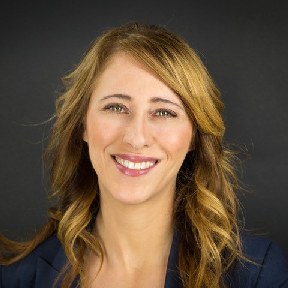I have attended hundreds of conferences: patient experience, patient education, health tech, health literacy, shared decision making — and the best part has always been meeting other advocates, patients, and family caregivers.
Too often, unfortunately, these participants are other speakers; rarely are patients and advocates there as attendees. The cost is simply too high. (Interestingly, virtual conferences make it that much easier to include patients and advocates — there are no travel costs).
As a former attendee, I’m on a lot of lists inviting me to attend again. In the last couple of years, I’ve written to conferences asking them if they have or can create a patient/advocate rate. And here’s the crazy thing: they’re often grateful someone brings this to their attention. Sometimes it doesn’t dawn on them that patients and advocates are interested to attend — once they’ve been made aware, they often create a discounted registration option.
Recently, I’ve been bolstering my ask with data from a study published in the Journal of Medical Internet Research by Utengen, et. al. to also let them know that while conferences are meant to help spark innovation and disseminate information, the homogeneity of their attendees means it often doesn’t get very far.
Including patients and advocates is a good way to broaden their reach. Utengen and his co-authors found that, when engaged patient voices are included in health and medical conferences, they:
- Greatly increase information flow as measured by total tweet volume (beta=301.6) compared to physicians (beta=137.3, P<.001)
- Expand propagation of information tweeted during a conference as measured by social media impressions created (beta=1,700,000) compared to physicians (beta=270,000, P<.001)
- Deepen engagement in the tweet conversation as measured by replies to their tweets (beta=24.4) compared to physicians (beta=5.5, P<.001).
I think again of ePatient Dave’s refrain: “Let Patients Help!”
In addition to asking for discounted rates, we can also help conferences get creative about funding patient attendance — after all, in normal times travel costs are a big challenge. For example, conferences can ask attendees if they’d like to add $25 or $50 to the cost of their registration to help fund patient/advocate scholarships. And SPM could help identify local patients and advocates who may be interested to attend.
Here’s an example of an email I just sent out:
“Dear conference organizers, I’m a member of the Society for Participatory Medicine. I and others in the patient and advocate community are interested to know if there’s any kind of discounted rate for patients & advocates who are interested to attend.”
It would also benefit the conference to include patients. Research shows that when engaged patient voices are included in health care conferences, they greatly increase information flow as measured by tweet volume, expand propagation of information tweeted during a conference, and deepen engagement in the conversation on social media: https://www.jmir.org/2017/8/e280/.
If there’s any kind of patient/advocate registration rate I can share with the participatory medicine / patient advocate community, let me know.
Let’s see if we can move the needle on helping conferences include patients and advocates for the benefit of all.
Did you enjoy this blog? Sign the Manifesto and learn more about becoming a member.







Recent Comments